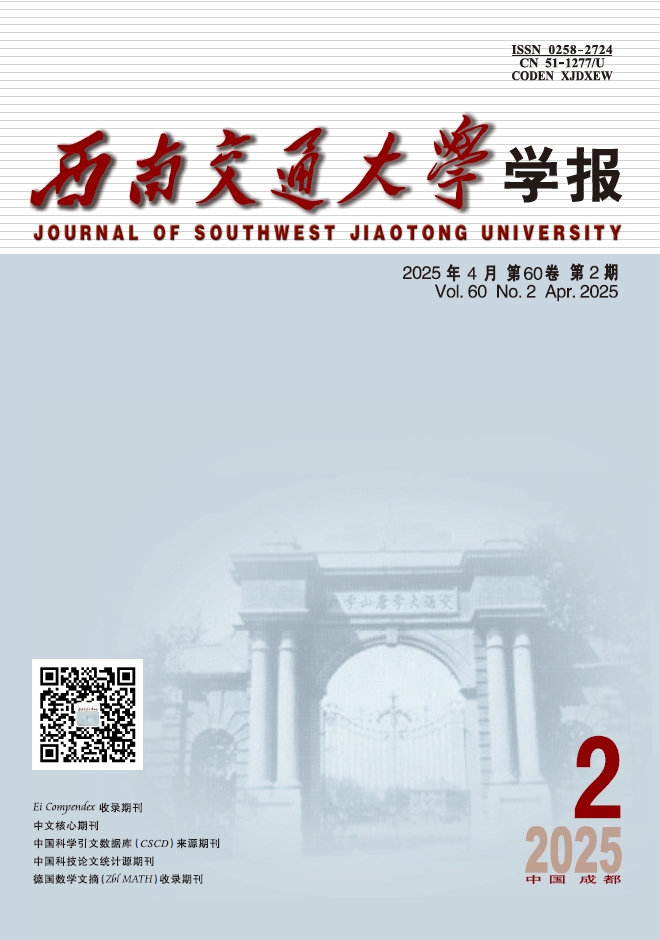2013 Vol. 26, No. 1
Outlier Detection Model for Data Streams Based on Attribute Associations and Match Difference Degree
2013, 26(1): 107-115.
doi: 10.3969/j.issn.0258-2724.2013.01.017
Abstract:




 Advance Search
Advance Search
 Email alert
Email alert RSS
RSS [Abstract]
[Abstract] PDF 1174KB
PDF 1174KB Supplements
Supplements [Cited By]
[Cited By]